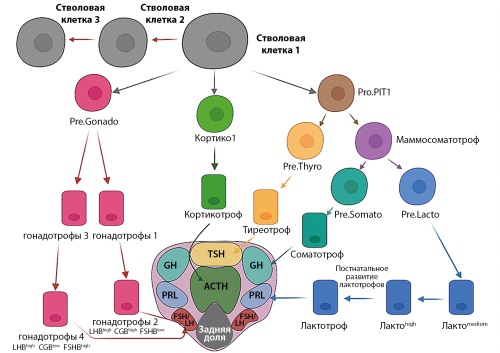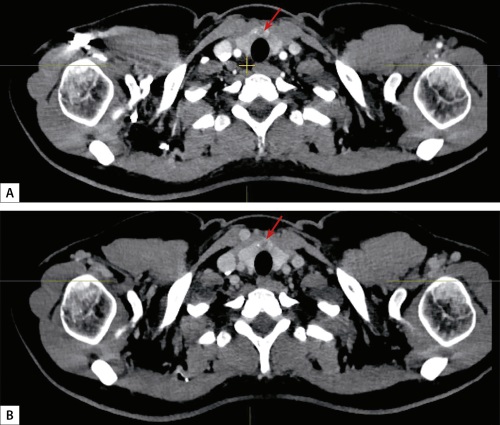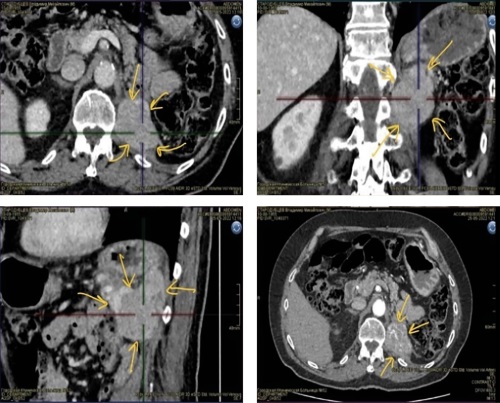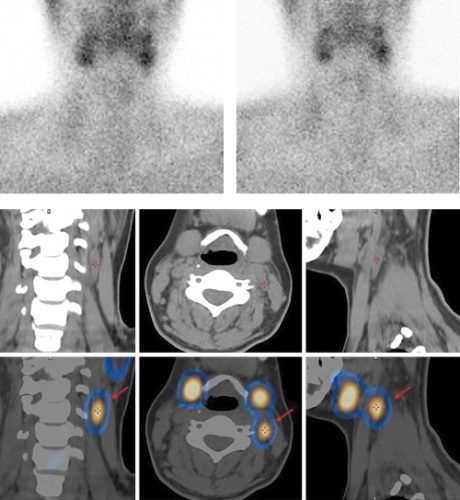
"Endocrine Surgery" is the first journal in Russia devoted to the problems of diagnosis and surgical treatment of endocrine diseases, and also to the problems of surgical treatment of complications of diabetes, including diabetic foot, diabetic ophthalmopathy, etc. The success of the treatment of diseases in the area depends on close cooperation between doctors of different medical disciplines - endocrinologists, surgeons, oncologists, radiologists, pathologists, anesthesiologists, intensive care specialists, geneticists - using the most advanced high-tech methods of diagnosis, treatment and rehabilitation.
"Endocrine Surgery" journal collect and summarize the views of all these experts on their pages, but it guarantees the strict selection criteria of articles based on evidence and international standards. Necessity of edition of the journal "Endocrine Surgery" is caused by a lot of factors. This is a huge number of patients who need of specialized medical care, and the large number of professionals involved in the surgery of endocrine organs.
Today in our country there are no industry standards for treatment, as well as registers of patients. The main sources that guide professionals in the treatment of endocrine diseases are various publications of surgery, endocrinology and oncology, which often are contradictory and mutually exclusive information. In this regard, articles in "Endocrine Surgery" journal has focused on the clinical recommendations of international associations on the issues of Endocrine Surgery, surveyed the most interesting publications of foreign literature of evidence-based medicine.
Current issue
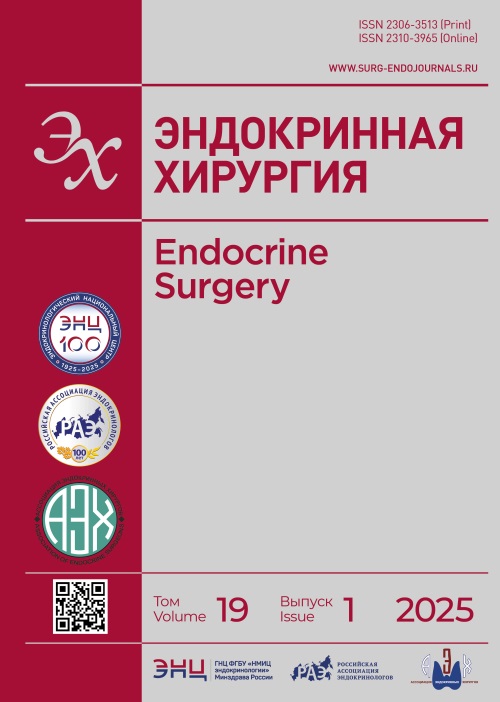
REVIEW
ORIGINAL STUDIES
CASE REPORTS
CORRIGENDUM
Announcements
2024-02-27
Николаевская научно-практическая школа эндокринной хирургии
29 февраля — 2 марта 2024 года состоится первая
«НИКОЛАЕВСКАЯ НАУЧНО-ПРАКТИЧЕСКАЯ ШКОЛА ЭНДОКРИННОЙ ХИРУРГИИ».
2021-02-25
Консультация экспертов Референс-Центра патоморфологических, иммуногистохимических и лучевых методов исследования опухолей эндокринной системы НМИЦ эндокринологии в рамках ОМС
| More Announcements... |

This work is licensed under a Creative Commons Attribution-NonCommercial-NoDerivatives 4.0 International License (CC BY-NC-ND 4.0).




